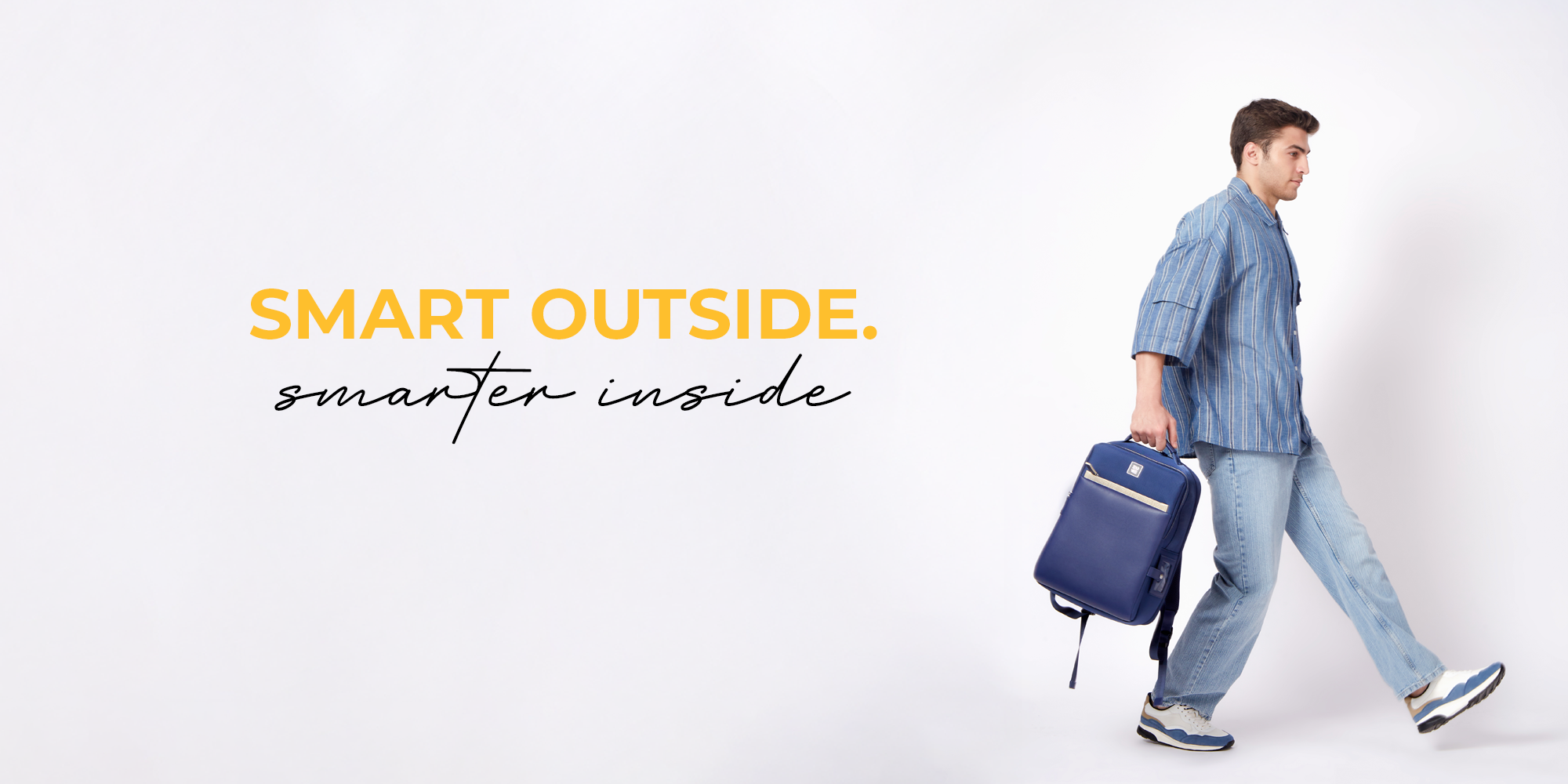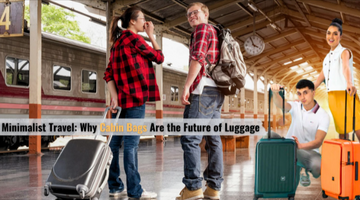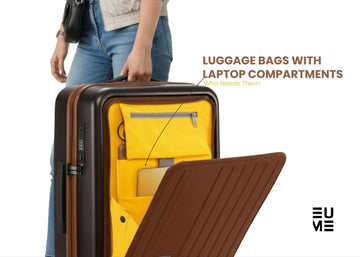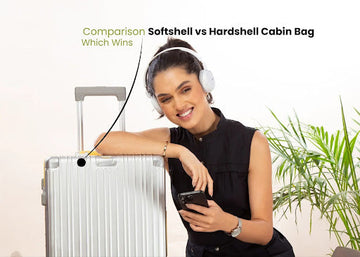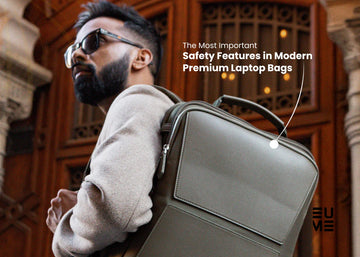The way we travel is changing. Gone are the days of bulky suitcases and endless waits at baggage carousels. Today, savvy travelers are embracing cabin bags as their go-to luggage solution. With airlines tightening checked baggage policies and fees soaring, lightweight cabin bags for air travel have become indispensable. Over 80% of frequent flyers now prefer carry-on luggage, citing time savings and reduced stress as key motivators. This shift isn’t just a trend—it’s a fundamental reimagining of how we move through the world.
The Rise of Cabin Bags: A Travel Revolution
Airline Policies Driving the Change
Airlines worldwide are incentivizing travelers to opt for cabin luggage. Budget carriers like Ryanair and EasyJet charge up to €50 per checked bag, while major airlines like Air Canada now restrict Economy Basic fares to a single personal item. These policies aren’t arbitrary—they help reduce fuel costs and streamline boarding processes. The International Air Transport Association reports that planes using optimized cabin baggage systems save 2-3% on fuel annually.
For travelers, this means adhering to standardized size limits. Most airlines permit carry-on luggage measuring 55x40x20 cm, though some regional variations exist. For example:
|
Airline |
Cabin Bag Size (cm) |
Weight Limit |
|
Emirates |
55x38x20 |
7 kg |
|
Delta |
56x35x23 |
10 kg |
|
Ryanair |
55x40x20 |
10 kg |
The Financial Advantage
Checked baggage fees have become a significant revenue stream for airlines, costing travelers nearly $7 billion annually in the U.S. alone. A family of four flying round-trip internationally could save $400+ by using cabin bags exclusively. This financial benefit extends beyond fees:
-
Lost Luggage Costs: 1 in 150 bags are mishandled globally, often requiring days to recover.
-
Time Value: The average traveler spends 40 minutes per trip waiting at baggage claim—time better spent exploring destinations.
Why Cabin Bags Outperform Checked Luggage
1. Unmatched Mobility
Modern cabin bags like the Aluminium Silver Cabin combine durability with featherlight designs. Four-wheel spinners navigate cobblestone streets and crowded terminals effortlessly, while backpacks like the Osprey Farpoint 40 offer hands-free convenience for urban explorers.
2. Stress-Free Airport Experiences
Carry-on luggage users bypass three common pain points:
-
Baggage check-in queues
-
Lost/delayed luggage claims
-
Customs inspections for checked items
3. Smart Packing Incentives
Cabin bags force travelers to prioritize essentials. A well-packed 40L bag can hold:
-
5 tops, 3 bottoms (mix-and-match for 15 outfits)
-
1 pair of shoes
-
Toiletries and tech gear
-
A compact jacket
Choosing Your Ideal Cabin Bag: A Buyer’s Guide
Size Matters
Always verify your airline’s specific dimensions. The Cabin Pro (54x38x20 cm) fits most major carriers and includes an expandable zipper for 15% extra space—perfect for souvenir shopping.
Material Showdown
|
Type |
Pros |
Cons |
|
Polycarbonate |
Scratch-resistant, sleek |
Heavier than nylon |
|
Nylon |
Ultra-lightweight |
Less weatherproof |
|
Aluminum |
Premium durability |
Higher price point |
The Aluminium Cabin stands out for frequent travelers, offering aerospace-grade metal shells that withstand rough handling.
Must-Have Features
-
Compression Straps: Maximize space like the Cabin Pro 2’s cross-strap system.
-
TSA-Approved Locks: Secure zippers for worry-free security checks.
-
USB Ports: Charge devices on-the-go (ensure built-in batteries are removable for flight safety).
Advanced Packing Strategies
The 5-4-3-2-1 Rule
-
5 tops
-
4 bottoms
-
3 accessories
-
2 shoes
-
1 outerwear
Roll clothes using the ranger roll technique to prevent wrinkles and save space. Pair with compression cubes to compact bulkier items like sweaters.
Liquid Limitations Solved
TSA’s 3-1-1 rule (100ml containers in 1 quart-sized bag) remains a challenge. Try these solutions:
-
Solid toiletries (shampoo bars, toothpaste tablets)
-
Refillable silicone bottles with labels
-
Pre-packaged travel-sized essentials from brands like GoToob
The Future Is Lightweight and Smart
Emerging Tech in Cabin Bags
-
GPS Tracking: Tile-enabled luggage tags sync with smartphones.
-
Self-Weighing Handles: Built-in scales prevent overweight fees.
-
Solar Charging: Some backpacks now include photovoltaic panels.
Sustainable Travel Trends
Over 60% of new cabin bags now use recycled materials. Brands like Patagonia and Eagle Creek lead the charge with repair programs and lifetime warranties.
Final Thoughts
Cabin bags represent more than luggage—they’re a philosophy. By embracing minimalist travel, we reduce our environmental impact, save money, and reclaim the joy of seamless journeys. As luggage technology evolves and airlines prioritize efficiency, carry-on bags will continue leading the travel revolution. Whether you’re a digital nomad or a weekend adventurer, the right cabin bag transforms how you experience the world.
FAQs
What’s the largest cabin bag allowed internationally?
Most international airlines accept 55x40x20 cm. Always check your carrier’s website before flying.
Can I bring a cabin bag and a laptop bag?
Yes, if the laptop bag fits under the seat. Total dimensions shouldn’t exceed airline limits.
How do I pack formal wear in a cabin bag?
Use garment folders and wrinkle-release sprays. Many hotels offer steamers upon request.
Are wheeled cabin bags better than backpacks?
Depends on your travel style. Wheeled bags suit cities with smooth pavements; backpacks excel in rugged terrain.
What’s the best cabin bag for weekend trips?
A 30L backpack or compact spinner like the Aluminium Silver Cabin provides ample space without bulk.
